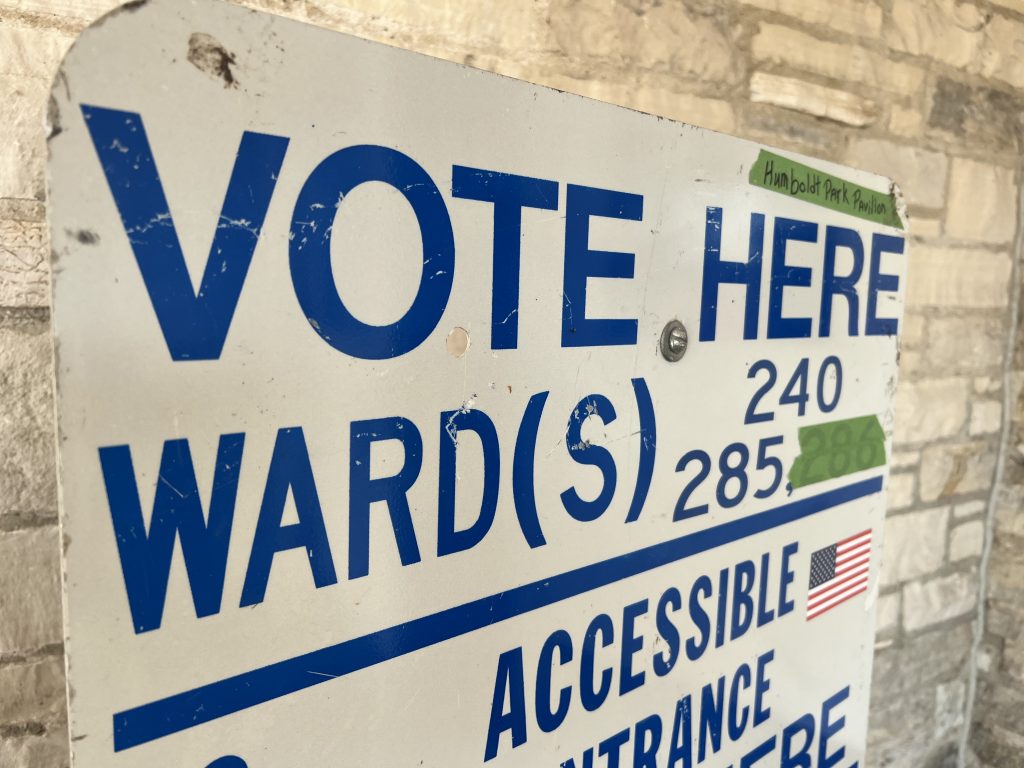Wisconsin Legislative Districts Still Gerrymandered?
Results of spring election show a troubling pattern.
The official results of the 2025 spring election, which recently released, have some very surprising numbers. The general result, of course, we know: Wisconsin voters’ rejected the attempt by Donald Trump and Elon Musk to make the election an endorsement of DOGE and the Trump administration. This was a very partisan race for a Wisconsin Supreme Court that is increasingly partisan.
She came very close, winning 49 of the 99 Assembly seats and 16 of the Senate districts. In short she won 55.1% of the vote yet won slightly less than 50% of each house of the Legislature. What explains this result? Is it just about geography, that the state’s two biggest cities, Milwaukee and Madison, are so heavily Democratic? Or are the legislative districts, even after an effort to end gerrymandering, still unfair?
One approach for gerrymandering electoral districts looks at so-called “wasted votes,” votes that don’t contribute to victory. Wasted votes fall within one of two categories. The first category includes all votes going to the candidate who lost a district election. The second category includes votes for the winner of a district in excess of the number needed to win the district.
The aim of successful gerrymanders is to make sure the other party has more wasted votes than does one’s own party. For example, district boundaries may be redrawn to pack voters of the other party into a district that already has a surplus of that party’s voters.
Looking at the results of the spring election, Democrats clearly have more wasted votes than Republicans in both the Assembly and the Senate. In essence, Crawford’s huge advantage in the overall statewide vote was almost perfectly neutralized when applied to Wisconsin legislative districts. Her advantage in the total vote is cancelled by the Democrats’ greater difficulty in making sure their votes are not wasted.
The 16 senate seats won by the Democrats are all those to the right of 50% on the horizontal line, and as you can see, nine of the seats are heavily (60% to 92%) Democratic. By contrast the legislative districts they lost and Schimel won are to the right and strikingly close together, generally between 40% and 49% Democratic, and thus 51% to 60% Republican, leading to far less wasted votes than for Democrats.
The pattern of the nine Democratic seats towards the right of the chart is one typical of gerrymandered legislatures, sometimes called “cracking and packing.” This pattern is consistent with a Republican designed gerrymander, in which Democratic voters are “packed” into districts in which Democrats already enjoy a majority. This allows other districts to be “cracked” by adding Republican voters sufficient to convert them from Democratic or competitive to safely Republican.
The next chart shows a similar pattern when looking at the 99 Assembly districts. Again, most of the 49 seats going to Democrats — nearly 30 — are 60% to 95% Democratic while the seats they would lose and Republicans would win are packed between 40% and 49% Democratic or 51% to 60% Republican.
Recently, two lawsuits have been brought by two different organizations challenging Wisconsin’s Congressional district map. The challengers note that despite Wisconsin being perhaps the most politically competitive state in the United States, six of Wisconsin’s eight Representatives are Republicans. It remains to be seen how the Wisconsin Supreme Court rules on this, but either way, the result is unlikely to affect the maps for state legislative districts.
Yet the results of the spring election suggest Democrats are still running at a disadvantage to Republicans in legislative races. A future column will take a closer look at this issue.
If you think stories like this are important, become a member of Urban Milwaukee and help support real, independent journalism. Plus you get some cool added benefits.
Data Wonk
-
Was Gov. Evers 402 Year Proposal Legal?
 May 7th, 2025 by Bruce Thompson
May 7th, 2025 by Bruce Thompson
-
Did Schimel Get Too Partisan in Election?
 Apr 10th, 2025 by Bruce Thompson
Apr 10th, 2025 by Bruce Thompson
-
Foreign Tariffs Targeting Wisconsin’s Red Counties
 Mar 27th, 2025 by Bruce Thompson
Mar 27th, 2025 by Bruce Thompson























